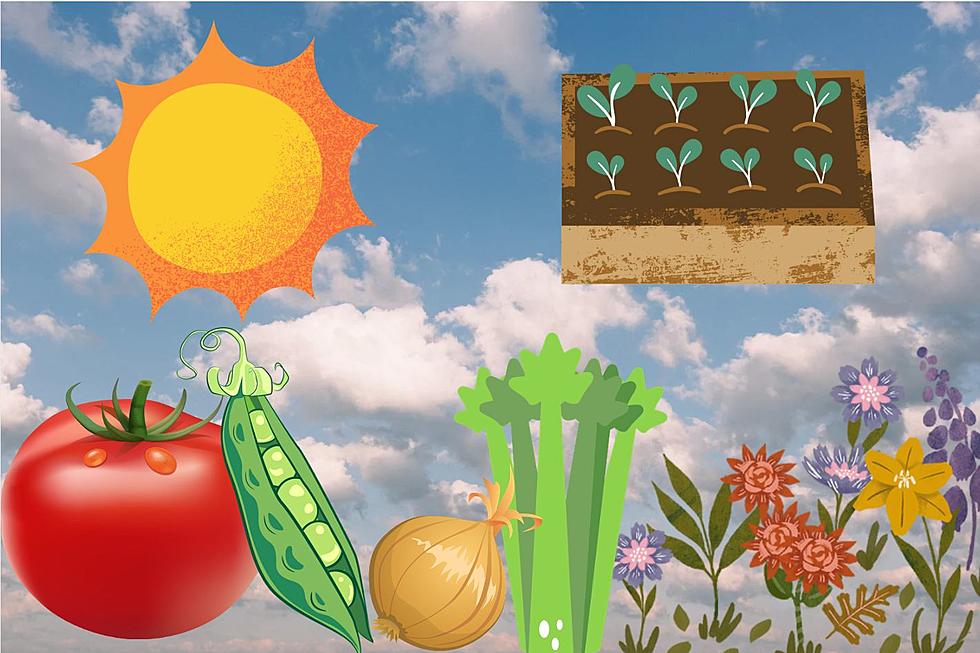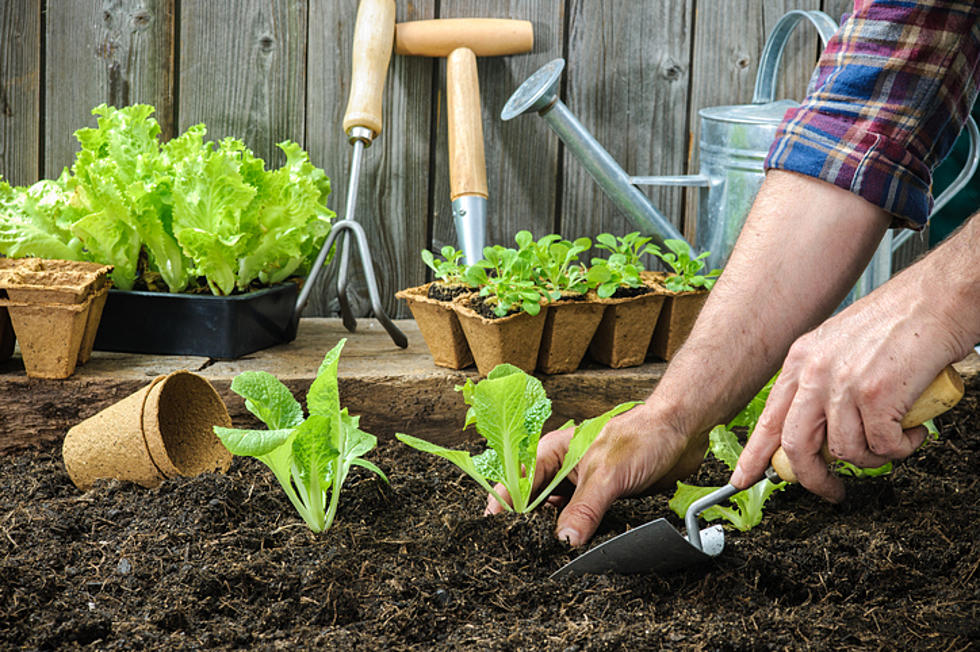
Garden Tips for the Garden State – Planting Trees
This week's gardening tips come from a listener's question. Sandy from Middlesex asked:
Chris, I have been planning to put in some new trees around the yard, but figured it was getting too late in the year to do so. In a previous article, you gave a to-do list for September and one of the things on the list was planting trees. Could you give me some tips on how not to kill them? Thank you!!
Sure Sandy, I would be more than happy to. First off, you're not alone in believing that the best time to plant tress is in the spring. In New Jersey, this is just wrong, wrong, wrong.
Nothing is harder on a tree than the heat of the summer especially when it's trying to adjust to its new spot in your yard. This is why the fall is the best time of year to plant trees (and most other plants) in our area. It gives the tree some time to get comfortable before having to survive it's first summer.
If you plant in September you are already ahead of the game, but to truly have the healthiest tree possible for years to come, you should follow these simple planting tips...
Remove All That Stuff
Whether you are buying a tiny twig of a tree, or a big huge balled-and-burlaped monster, it's a MUST to remove anything and everything surrounding the root system, this includes, burlap, metal pins, metal wire, plastic, and any other non-tree material.
Think of your main job in all of this as to establish the healthiest root system as possible. Healthy roots will mean a healthy tree.
I have heard horror stories of townships planting trees with the wire mesh still around the roots, only to have rows of dead trees in fairly young neighborhoods. If you leave anything surrounding the roots, they will have to fight to grow, resulting in a lack of nutrients, disproportionate root size, and a lack of water.
Don't Amend the Soil
Adding compost to the hole before adding your tree could also result in an under developed root system. In New Jersey, especially, north and central, the soil is of very hard clay. By adding compost to the hole you dug out for your tree, you are surrounding the roots with all the nutrients they could ever need and essentially just re-potting it.
The roots will grow around in that nutrient rich area and never venture down and out in search of nutrients and water.Your tree might look healthy for several years before becoming too root-bound and dying.
The better option is to regularly add compost on top of the soil. The nutrients will seep down into the soil to feed the tree, but the roots will continue to grow in the right direction.
Plant at the Right Depth
Dig a nice large hole, just deep enough so the root flare of the tree will be an inch or two above the soil line, and twice as wide in diameter as needed. After a few waterings, the tree will have settled a bit more making the root flare at the perfect height. The reason for digging the hole extra wide is simply to loosen up the dirt, aiding in better root growth.
Say No To Mulch
A while back I wrote about how wood mulch can hurt trees if touching the bark. It's better to surround your new tree with some nice compost. Whatever you choose to use, make sure the root flare is visible. It's how mother nature intended the base of a tree to look.
Water Smartly
What's that saying "work smart, not hard?" The same can be said for watering a new tree. Use a drip hose around the base of the new trees to soak the soil. Start right after planting by letting the drip irrigation run over night. Then step down gradually, a day on and a day off adding more days each week until you get down to one good soaking per week.
Only count rainfall as watering if it's a steady all day type of rain. Short storms and showers don't count. You can stop soaking your tree once a week when the leaves fall off.
In the following spring and summer, make sure that it is getting a good once a week soak as well.
Leave the pruning shears in the Shed
Wait until next winter before trimming your new tree in any way. Pruning releases a hormone which makes plants want to grow. This can be stressful on a new guy and should not be done through the first year. If you need to prune after its first year, do so in the winter before it starts growing.
If you have a question of your own, send it to chris.eannucci@townsquaremedia.com. Click here for more Garden Tips for the Garden State.
More From New Jersey 101.5 FM









